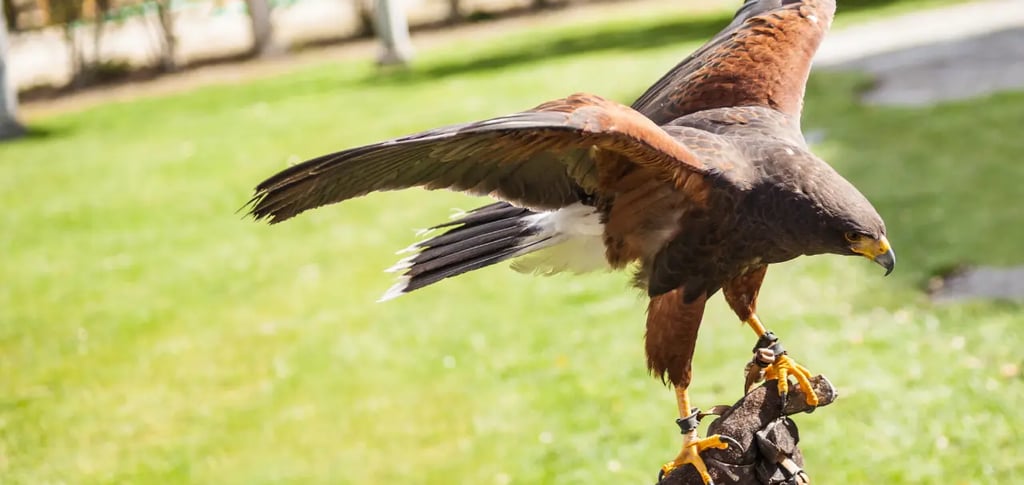Falconry in Italy: Where Trust Takes Flight
When a falcon dives from the sky to land on a waiting glove, it’s more than hunting — it’s a thousand-year-old bond in motion.
LOCAL STORIES&CULTURE


High over the Italian countryside, a falcon soars, its keen eyes scanning the earth. On the ground, a falconer stands, tied to the bird not with rope nor chain, but with generations of trust, of skill, of tradition.
The Story:
Falconry came to Italy more than a thousand years ago with nobles, travelers, and warriors. It was both a courtly entertainment and a hunting activity in medieval courts, needing infinite patience and expertise. A falconer prepares and instructs a bird of prey — including falcon, hawk, or eagle — to hunt with collaboration, returning to the glove after a hunting excursion. It may take months or even years, and each of the birds’ personalities needs a special treatment.
Cultural Significance:
Mentioned by UNESCO in 2021 as a transnational cultural heritage, the Italian falconry is a living interconnection of mankind with nature. It is hunting, but also saving, because the falconer usually has one of the main roles in the survival of the raptor species and their habitats. Falconry promotes the sense of respect, of discipline, and of attentive consideration of the natural environment.
Traces Today:
Falcon clubs and schools in Italy keep the tradition alive, with public exhibits during medieval festivals, farm festivals, and educational programs. In the province of Emilia-Romagna, Tuscany, and in Sicily, one can observe the falcons in action in open fields, the stoops and dives a remarkable demonstration of precision. Even modern falconers use their skills in the practice of wildlife management, for example, in the safe dispersal of birds from airport runways.
Conclusion:
It is a hunting art — but also a mute dialogue between man and bird, transmitted on the breeze. In Italy, it remains an elegant combination of tradition, craftsmanship, and unspoken understanding reaching back over the millennia.
